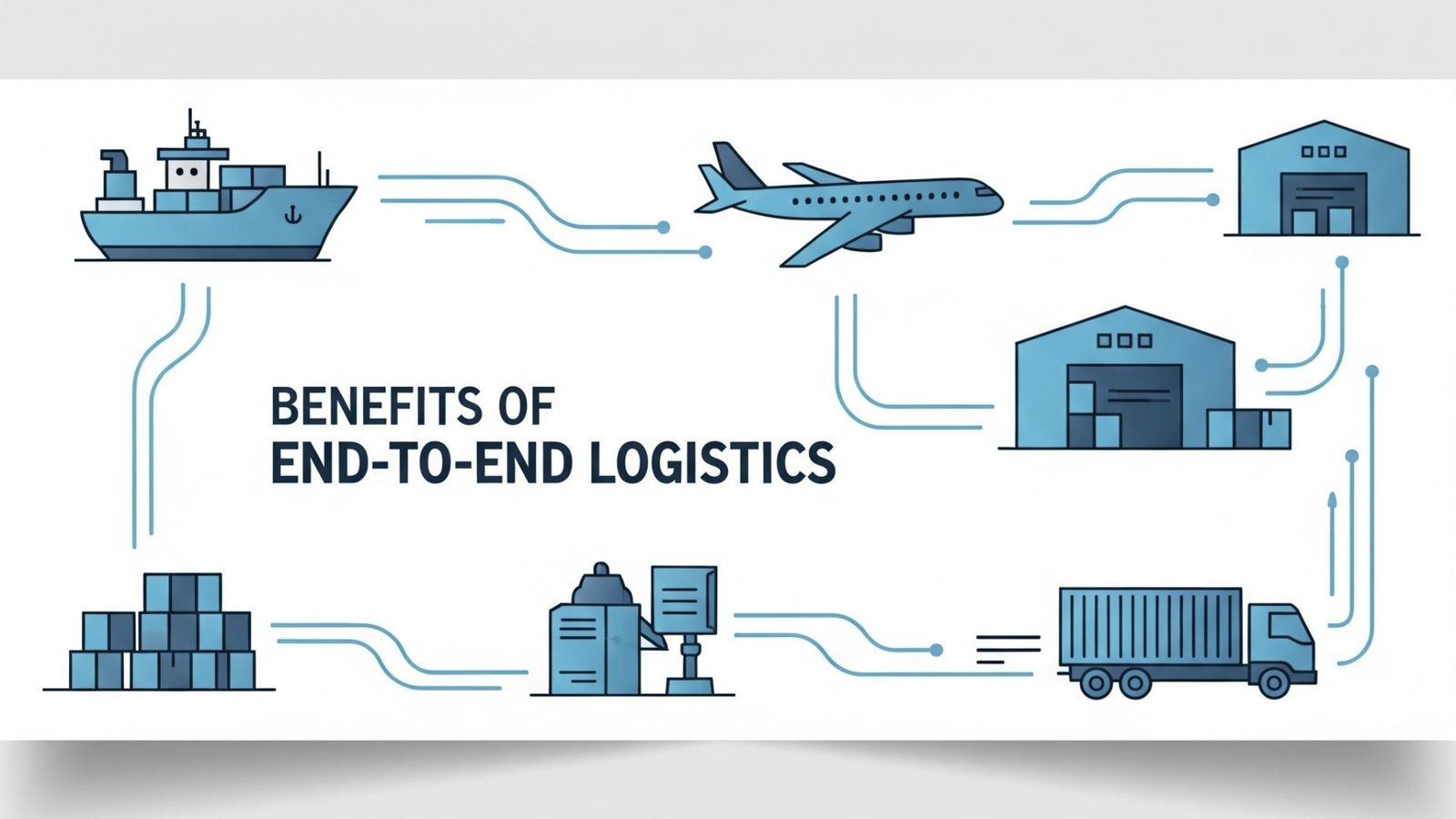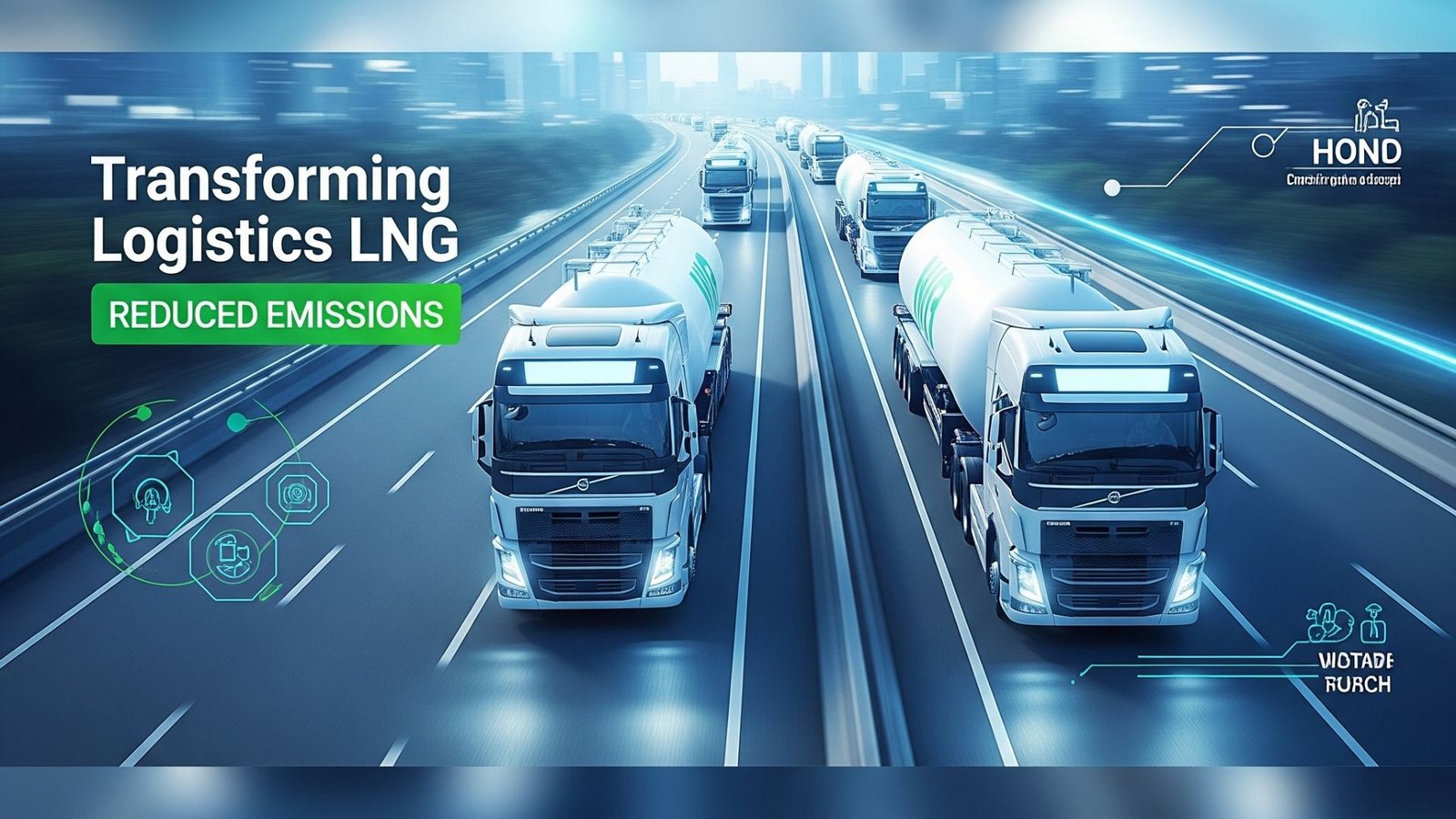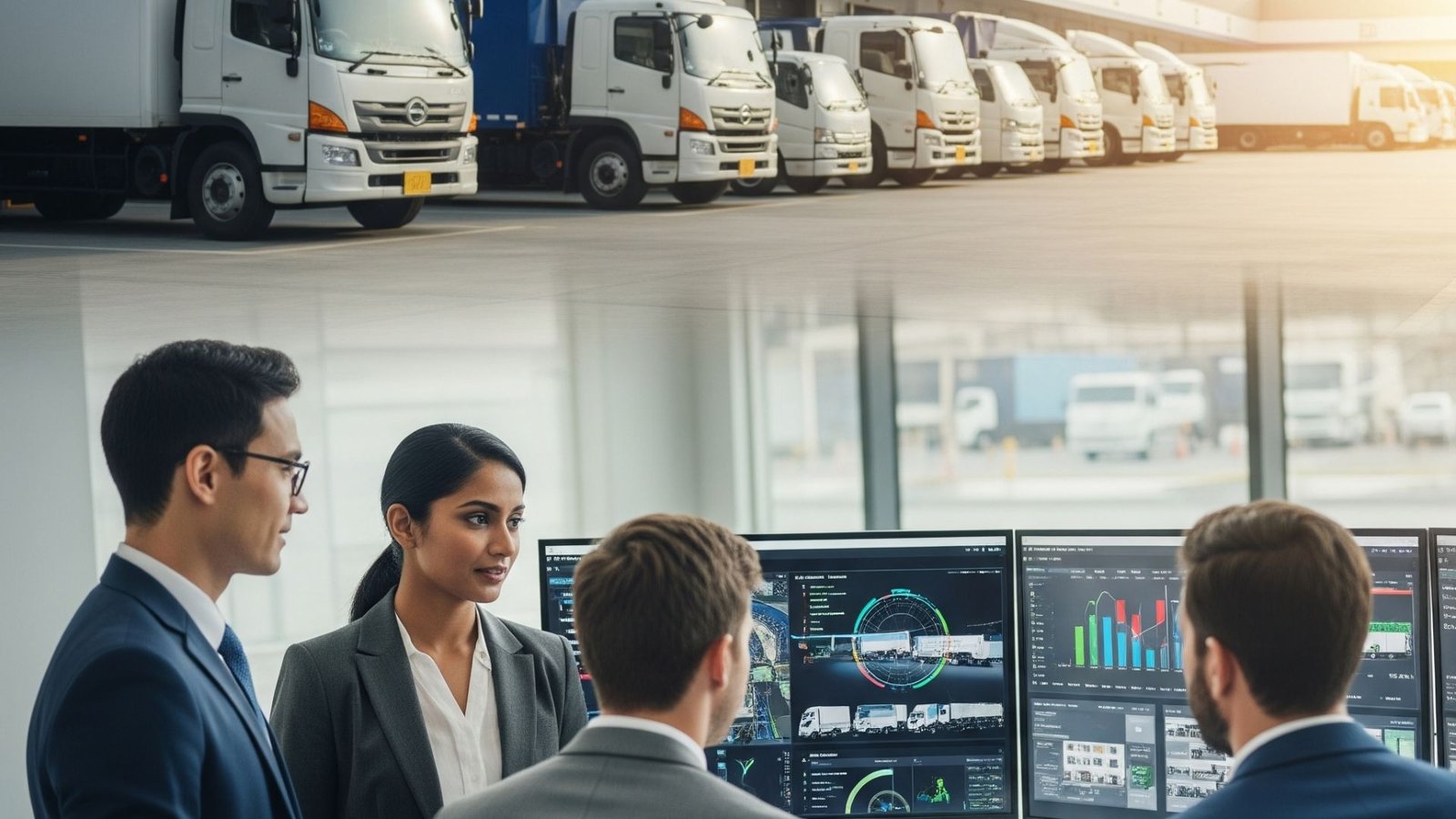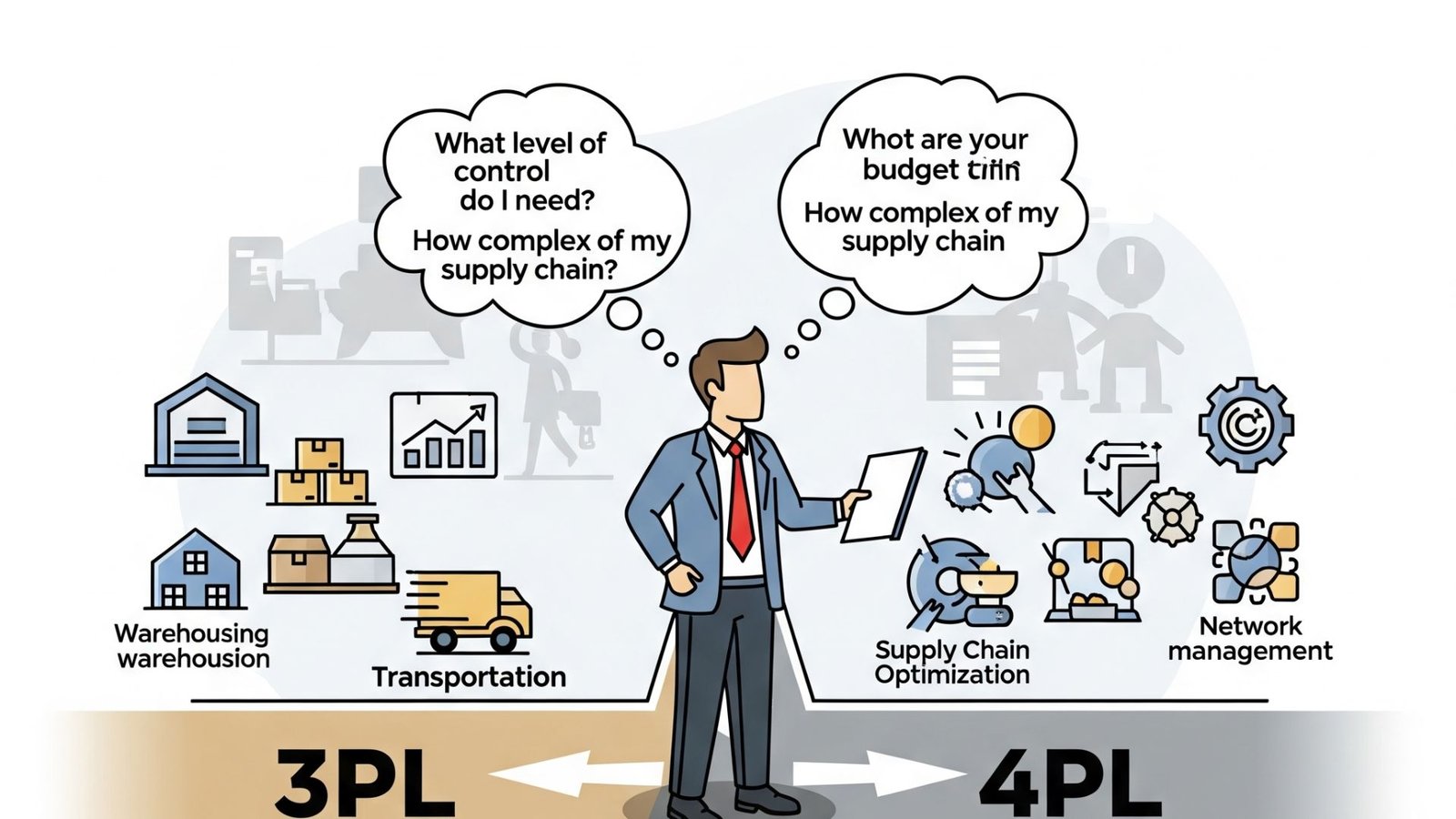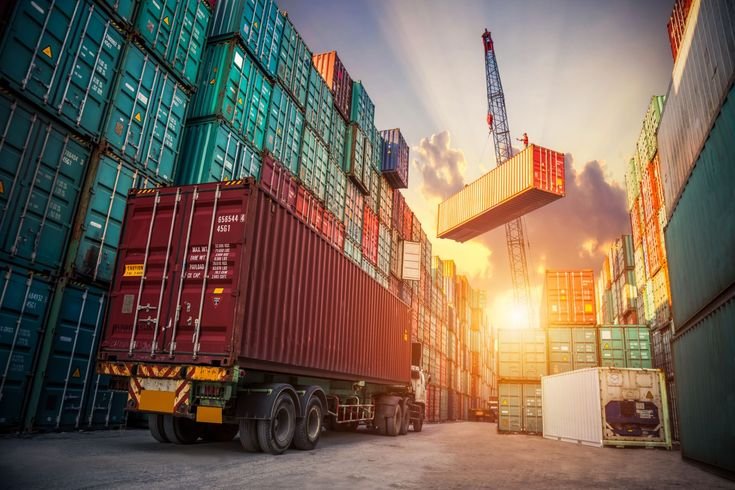“Connecting Every Mile for Smarter, Seamless Delivery”
A few years ago, when I first heard the term end-to-end logistics, I thought it was just another supply chain buzzword. But after working with businesses juggling fragmented transport, warehousing, and delivery partners, I realized something: end-to-end logistics isn’t just a convenience—it’s a game changer.
Let’s break down what it really means and why it matters now more than ever.
📦 What Is End-to-End Logistics?
In simple terms, end-to-end logistics refers to a fully integrated logistics solution where a single provider manages everything—from the point of origin to the final destination. This includes:
- Procurement
- Transportation
- Warehousing
- Order processing
- Distribution
- Last-mile delivery
- Returns and reverse logistics
It’s like having one reliable hand steering your supply chain from start to finish—no handovers, no blame games, no confusion.
✅ 10 Key Benefits of End-to-End Logistics
1. Better Visibility and Tracking
When everything is handled under one umbrella, you get real-time updates across the entire chain. From inventory to truck locations, you see what’s happening, when it’s happening.
No more calling three vendors to figure out where a shipment is stuck.
2. Faster Delivery Times
With fewer handovers and better coordination, the movement of goods becomes smoother. This leads to reduced transit times—especially critical in industries like FMCG, pharma, or e-commerce.
3. Cost Efficiency
Managing logistics through multiple vendors can create hidden costs—delays, storage issues, idle trucks. End-to-end logistics streamlines operations, reducing redundancies and often cutting down costs significantly.
4. Simplified Communication
One partner = One point of contact. That means no juggling between transporter A, warehouse B, and last-mile partner C. It’s simpler, faster, and far less stressful.
5. Improved Customer Experience
Customers get quicker deliveries, better tracking, and easier returns. That boosts brand trust and repeat business—especially important in e-commerce and D2C sectors.
6. Data-Driven Decisions
End-to-end logistics providers often offer analytics dashboards—so you can study delays, peak order times, warehouse movements, and optimize accordingly.
More data = smarter logistics = more profit.
7. Scalability
As your business grows, it’s easier to scale operations when everything is already integrated. You can add new geographies or product lines without needing to reinvent the wheel.
8. Enhanced Risk Management
End-to-end visibility means you can detect issues—like delivery bottlenecks or warehouse shortages—before they snowball into full-blown crises.
9. Custom Solutions
You’re not forced to fit into a vendor’s rigid model. Most full-stack logistics partners offer tailored solutions based on your industry, geography, and customer needs.
10. Sustainability Tracking
Integrated logistics systems can help track emissions, fuel usage, and optimize greener routes—essential for companies focusing on ESG goals.
🏁 Final Thoughts
I’ve seen companies move from fragmented logistics setups to end-to-end systems, and the difference is night and day. They become more agile, more reliable, and more profitable—and most importantly, less reactive and more strategic.In today’s fast-moving world, logistics isn’t just about moving goods. It’s about delivering experience, speed, and trust—and end-to-end logistics helps you deliver all three.
